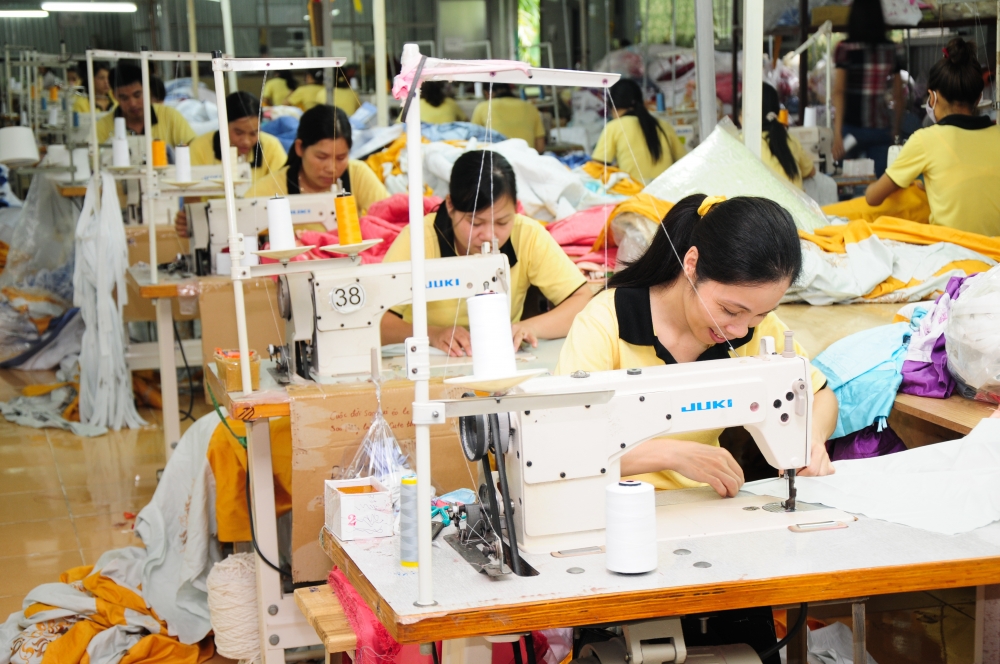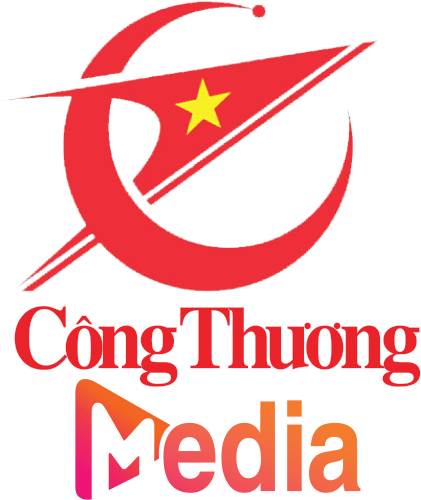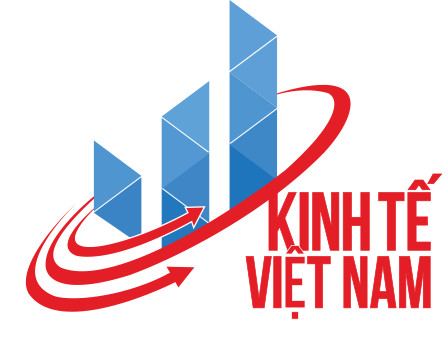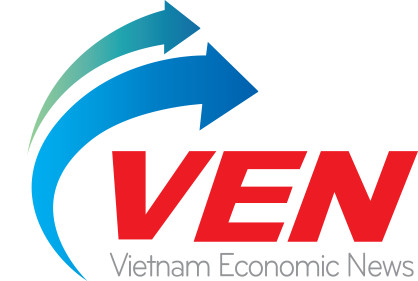 |
| Environmentally-friendly garment textile products are highly valued |
Post-Covid-19 consumer trends
A recent survey conducted by the Swiss Import Promotion Program (SIPPO) points to two post-Covid-19 consumption trends. First, some customers who want to make up for the time they spent under lockdown will go shopping and thus restore market activity to its pre-pandemic levels. However, some consumers will be more cautious with what they buy given the general economic downturn and pay more attention to environmental and social responsibility factors.
SIPPO experts are predicting the second trend will dominate given the impact of the pandemic on people’s jobs and incomes. Moreover, as the textile and garment industry usually has negative impacts on the environment, consumers now require higher environmental protection and social responsibility standards from its products. Accordingly, fast and cheap fashion is no longer attractive to many consumers.
Overall, the outlook for the EU textile and apparel market is negative. Denis Gouttenoire, a SIPPO expert, noted that a series of fashion brands, such as Debenhams, Laura Ashley and Primark, had encountered serious difficulties. A survey by the French Chamber of Commerce Trade and Industry found that spending on clothing since the beginning of this year has decreased by 20 percent.
Similarly, in the German market, about 200,000 fashion stores are expected to close in 2020, with the Karstadt fashion already shuttering 60 of its 117 stores across Germany.
Changing production methods
Brigtte Hauser, another SIPPO expert, advised textile and garment manufacturers in Vietnam to change production methods quickly to catch up with new consumption trends. Instead of waiting for big orders, businesses need to focus on producing small, distinct orders and fast delivery time. They should also be flexible in production and management to meet the diverse needs of customers, she added.
“They also need to underline factors that demonstrate the sustainability and ethical value of the supply chain, which will raise consumer awareness of Vietnam’s textile and apparel products,” Hauser emphasized.
Le Tien Truong, General Director of the Vietnam National Textile and Garment Group (VINATEX), said the group is negotiating with suppliers to bring raw materials and accessories to Vietnam, in order to meet rules of origin requirements and enjoy tariff reductions under the EU-Vietnam Free Trade Agreement (EVFTA). This will also allow it to pilot production of small-scale orders of higher quality to meet market demand.
“The EVFTA also allows divisions of cargo during the transit through third countries, which is very favorable for Vietnam’s export enterprises as large distribution centers can divide the goods according to seasonal factors,” said Le Tien Truong.
| With only 2.7 percent market share in the EU, Vietnam's garment products still have much room to increase exports to this potential market once the EVFTA comes into effect. |








